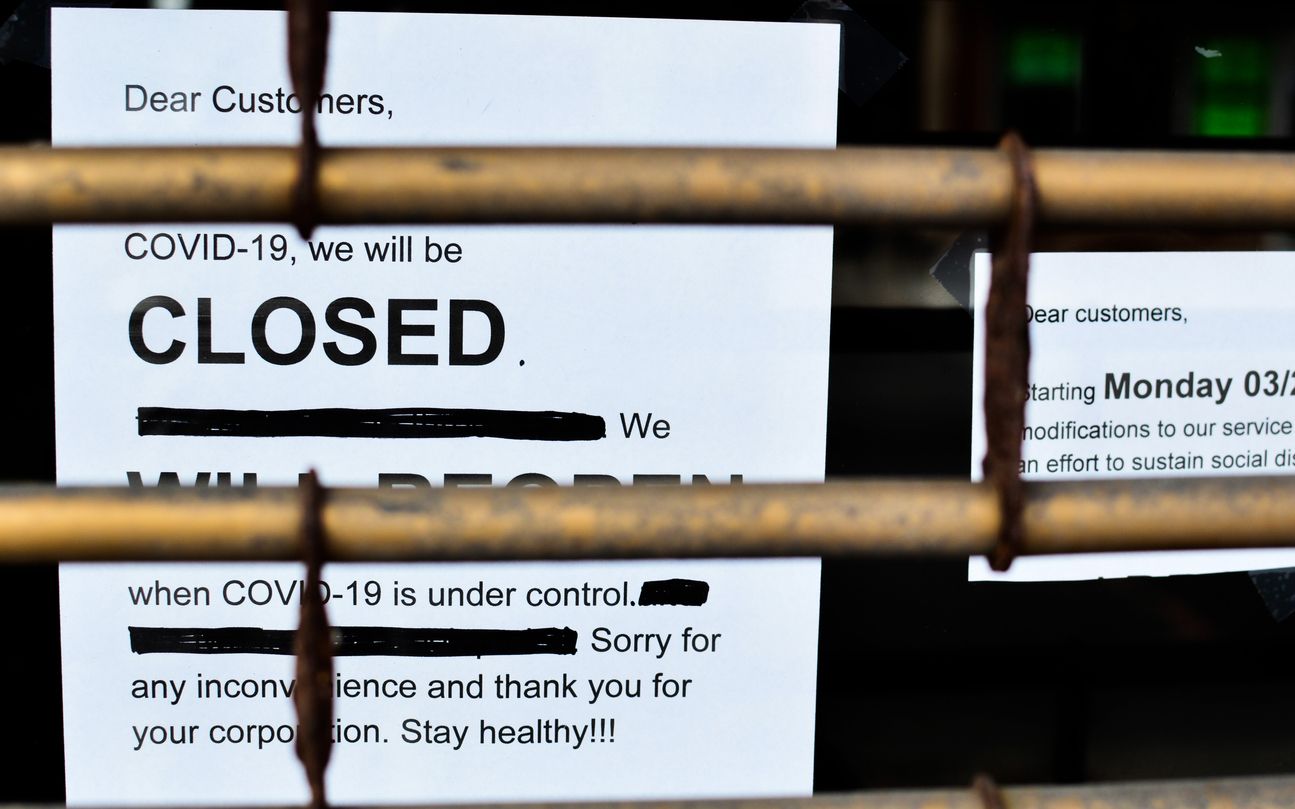
Shoppers might not come back immediately when stores reopen. Social commerce is therefore “non-negotiable” says SMU Professor of Marketing Kapil Tuli
Short of the successful development of a COVID-19 vaccine, the sight of retail stores re-opening for business is probably the best mood lifter. Not only do lockdown-weary consumers reclaim some vestige of normalcy, businesses reeling from months of decimated income can stem the red ink and perhaps even get back into the black.
If only it were that simple.
“The majority of the customers say that even if the shops are open, they are not likely to rush back,” explains Kapil Tuli, Professor of Marketing and the Director of the Retail Centre of Excellence (RCOE) at SMU. Citing a survey by market research company GlobalWebIndex, Tuli points to the following numbers in response to how soon consumers would return to re-opened stores (in percentage):
- Immediately : 9
- Very quickly : 18
- Quite quickly : 15
- Not for some time : 37
- Not for a long time : 10
- Not sure : 11
“Even though 70 percent of stores in China are open, the offline sales are only at 50 percent [to that] of those a year ago,” Tuli adds. “Even during the May holidays in Beijing, offline sales only accounted for 60 percent of what it did last year. And even if the stores re-open, what would it look like?”
Social commerce to the rescue
Tuli made those remarks at the recent RCOE webinar “How can Retailers Leverage Digital and Social Media During COVID-19?” He brought up the example of U.S. fashion retailer American Eagle, which had slowly reopened for business but had to arm all of its employees with a 65-page handbook of do’s and don’ts to keep the stores virus-free.
Noting that it will be a long while before physical retail gets back to pre-COVID-19 levels, if ever, Tuli emphasises that “digital and social are non-negotiable” for retailers at the present time. But what is social commerce?
“One simple view of what is social commerce would be that, hey, it’s just selling on Instagram or Facebook,” Tuli observes. “If you dig deeper, social commerce is an evolution of channels. From the 20th century to the 21st century, it evolved from billboards to video and TV. Social media has taken over in the last decade or so, and the fundamental difference is the degree of interaction.
“It allows consumers to interact with the sellers, and that creates an avenue for not just selling. In fact, social commerce is about leveraging social media not just for selling but also informing, engaging, servicing and understanding consumers to create relationships.”
A good example would be Chinese department store Intime, in which Alibaba has a majority stake. When it was hit by an overnight drop in revenues, the company went into live streaming after converting up to 5,000 employees into on-screen key opinion leaders.
“They first identified staff who were camera-friendly and comfortable in front of the camera, and they trained these staff,” explains Tuli, adding that an average of 220,000 customers tune in to its 200 daily live streams. “They could be talking cosmetics, shoes, F&B etc. The live streams were also integrated with TaoBao so you can buy anything you like immediately.
“This approach has allowed them to discover a new revenue stream, and they have discovered that 90 percent of their customers who come to this channel are actually new customers.”
Leading change
Intime is a prime example of several key takeaways of re-imagining retail in the time of COVID-19. By asking what and who can be digitalised and socialised, they have not only effectively redeployed manpower but also opened up a new revenue stream.
Tuli also encouraged businesses to:
- Be agile and embrace experimentation: “This is a very fluid situation. Not everything you do will work immediately.”
- Learn the free stuff: “The common refrain is, ‘Going online means spending millions of dollars or at least a few hundred thousand dollars.’ There is actually a lot of free stuff and tutorials online.”
- Prepare the backend: “You can do all the hard work and reach the customer, but when it comes time for fulfilment you might discover you can’t do this. Then you lose the customer.”
“As the leader, it is your job to be the customer advocate and look beyond just retrofitting old processes and products into the new reality,” he adds. “Some of them might work, some of them might not. It’s up to you to ask yourself what needs to be changed.”
He concludes: “The level of uncertainty is very high right now. People are looking to their seniors and leaders. When you communicate and empathise that people are going through a lot of psychological stress, it helps. Be clear and transparent, not just for your customers but also for your employees. Both of them will appreciate clarity and transparency.”
Follow us on Twitter (@sgsmuperspectiv) or like us on Facebook (https://www.facebook.com/PerspectivesAtSMU)